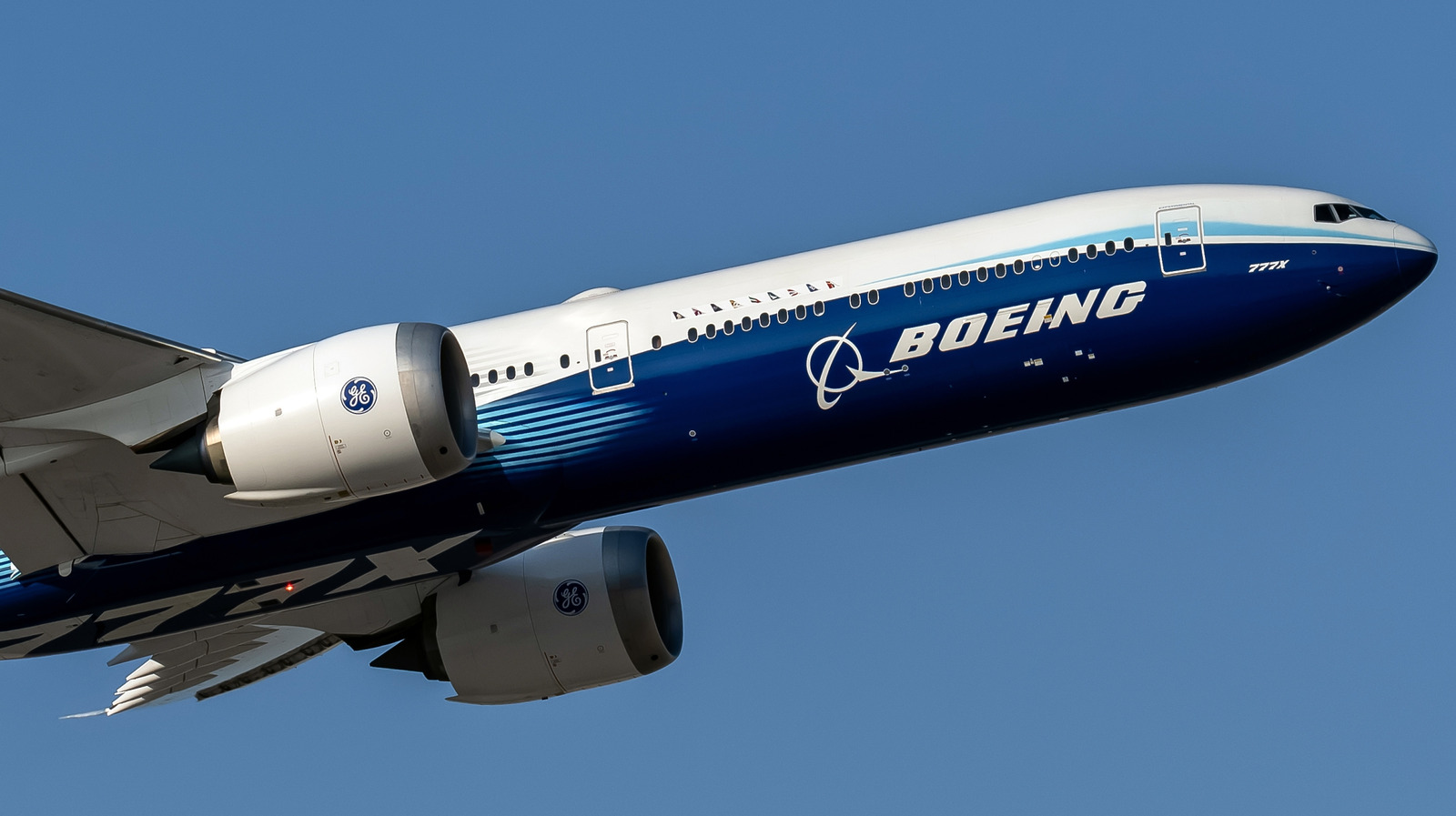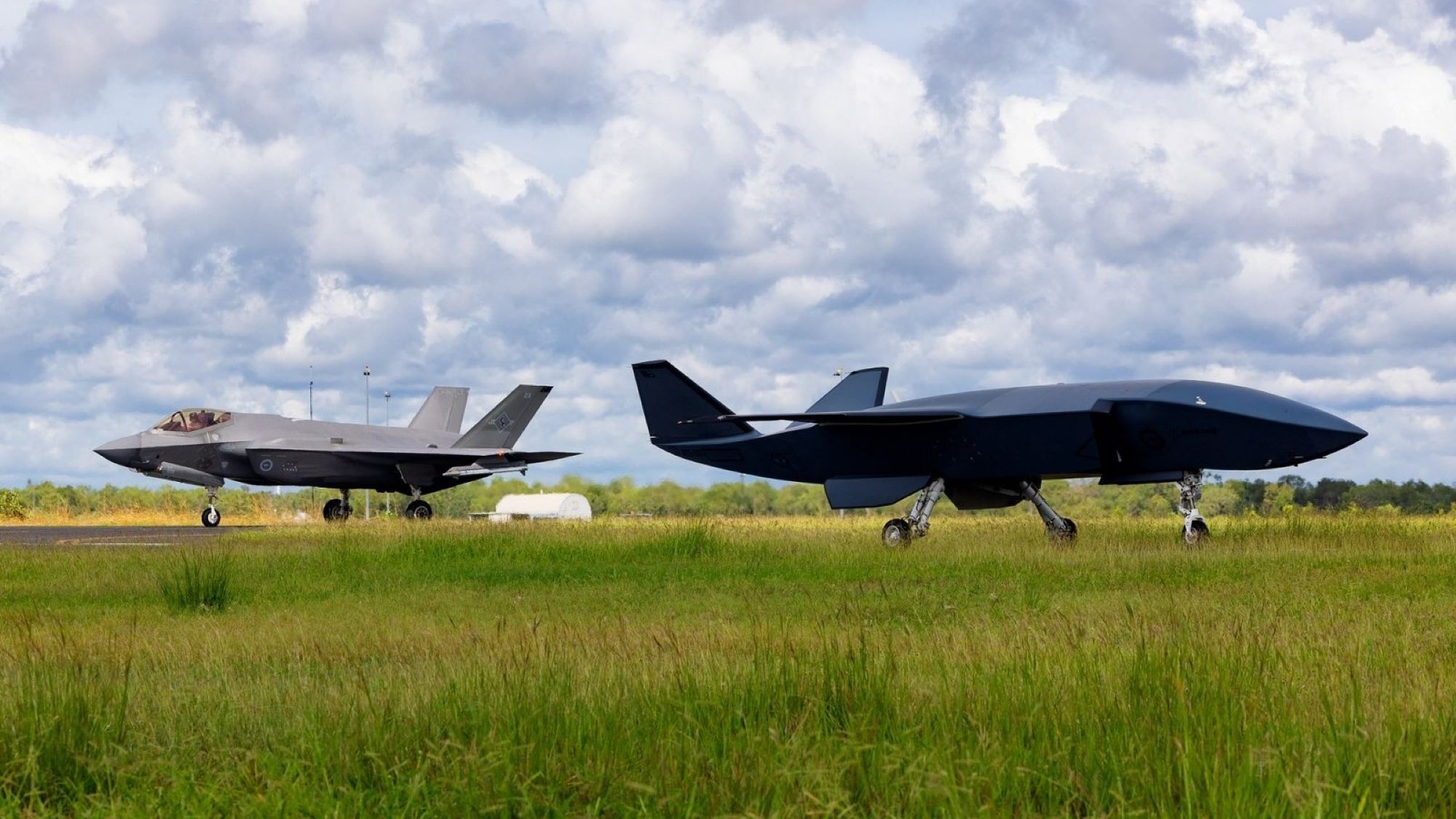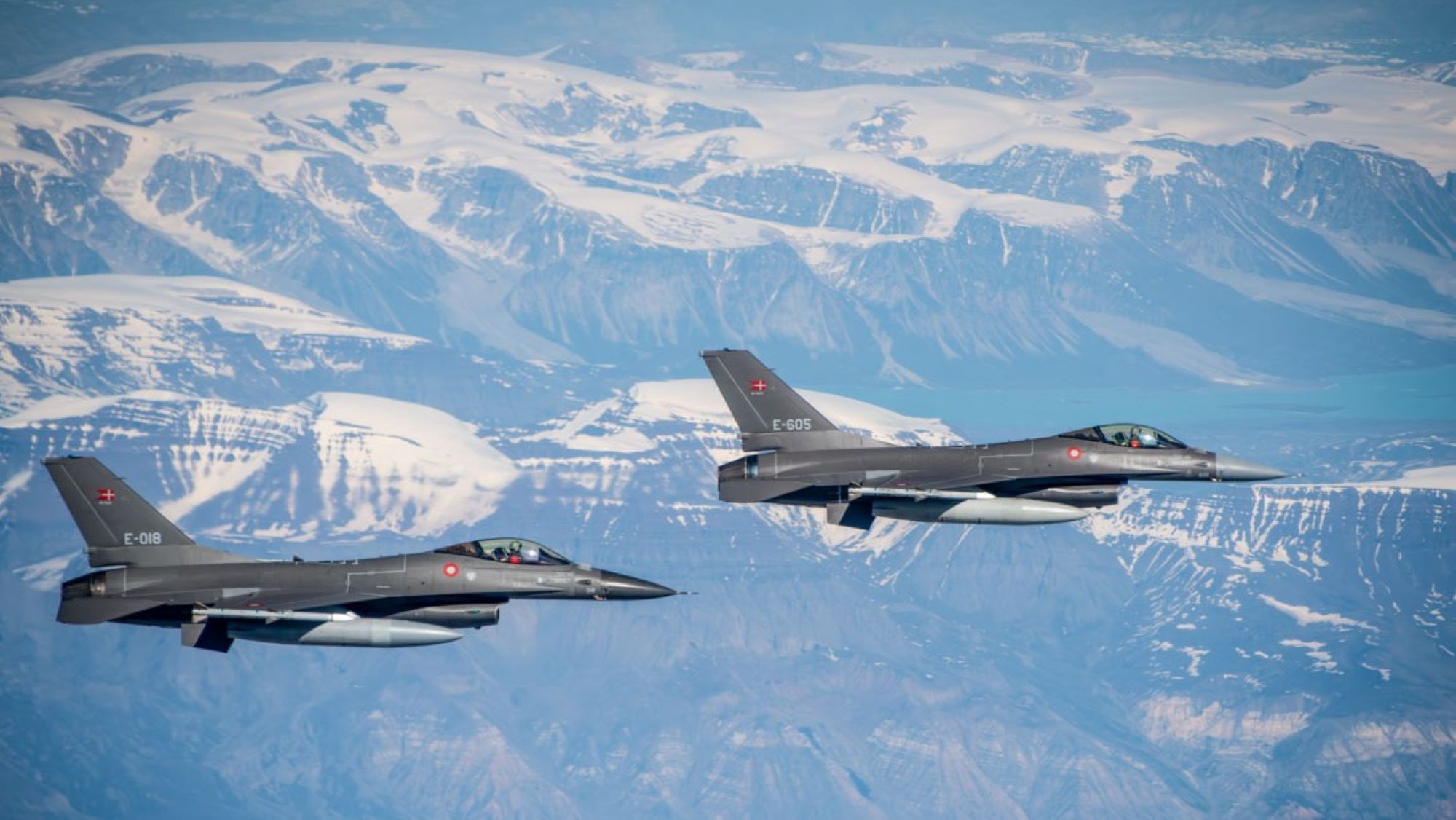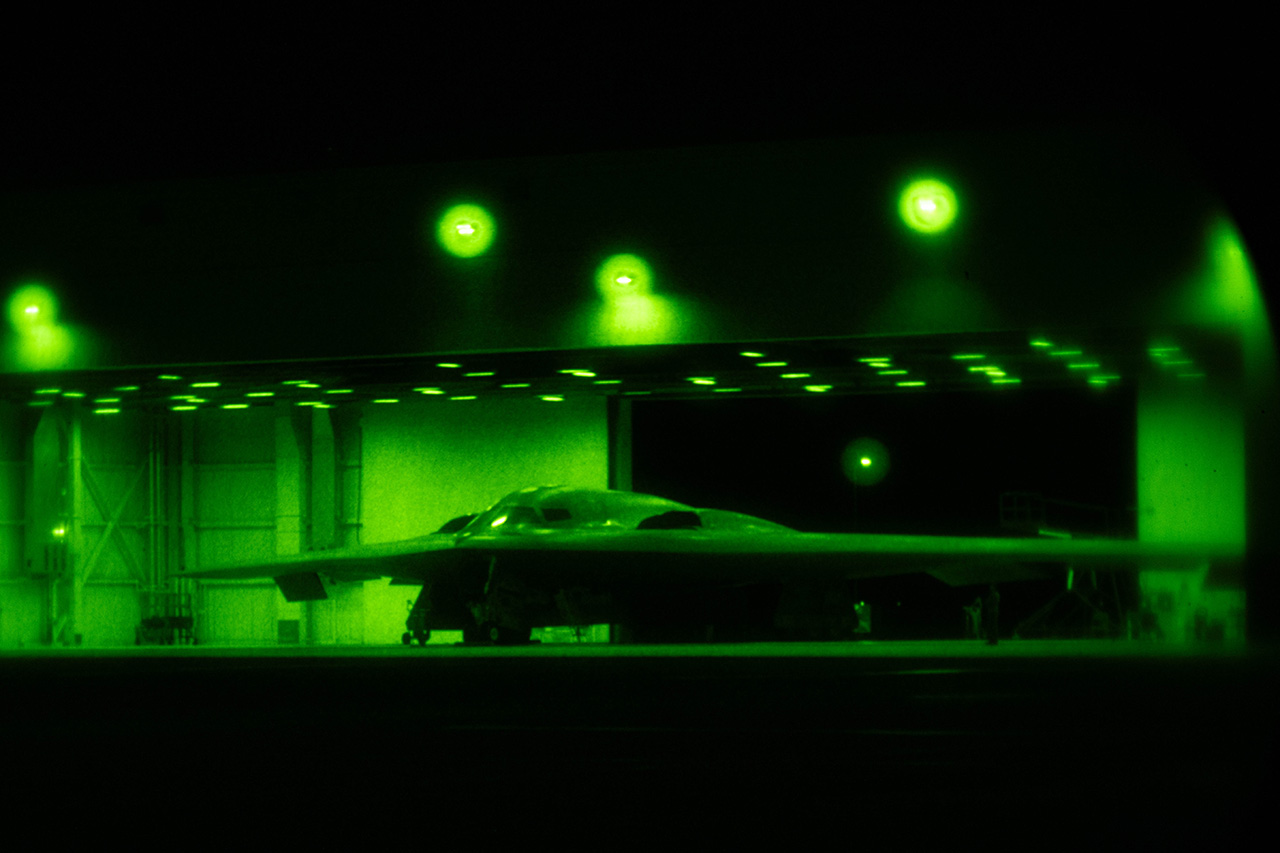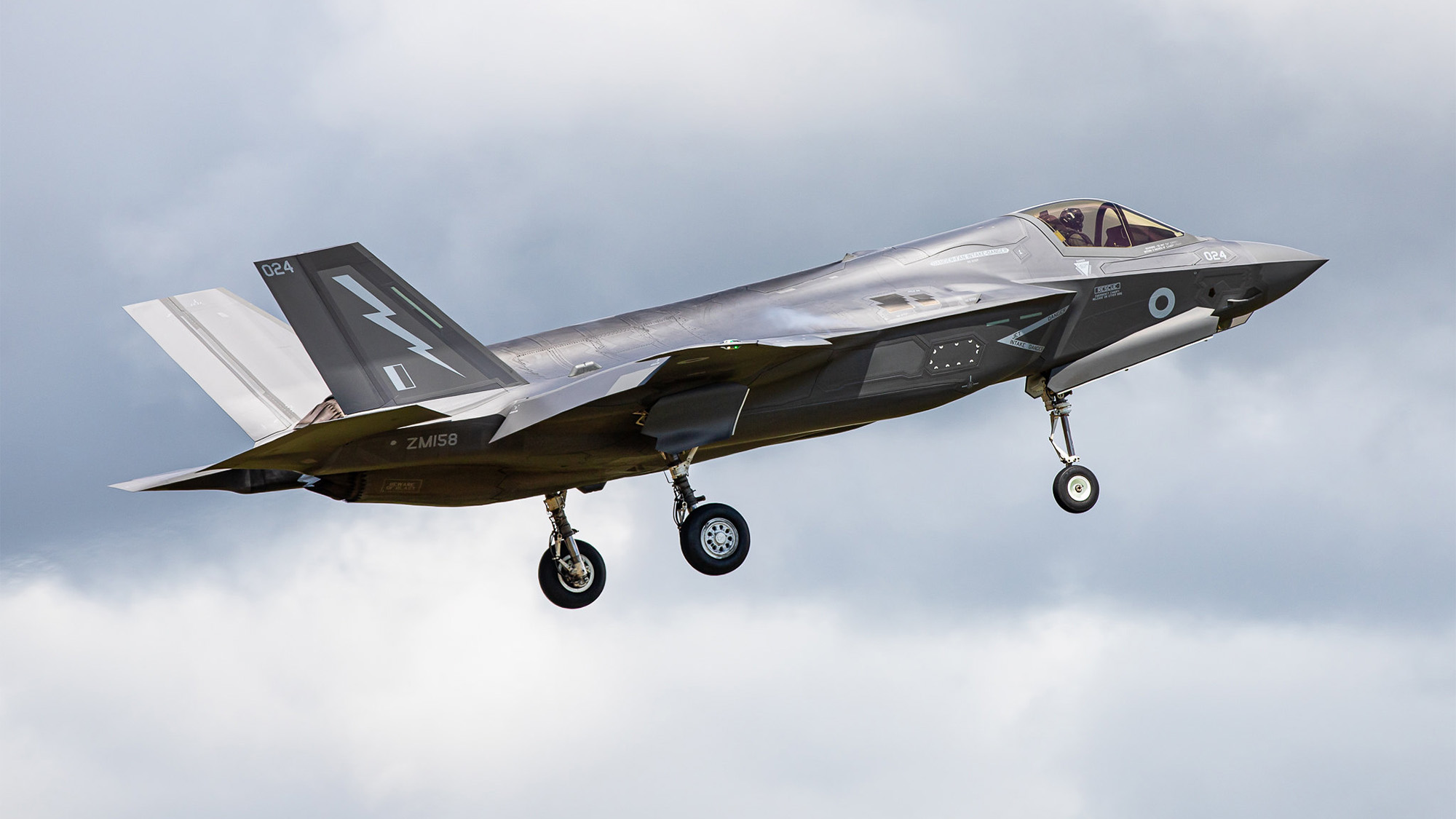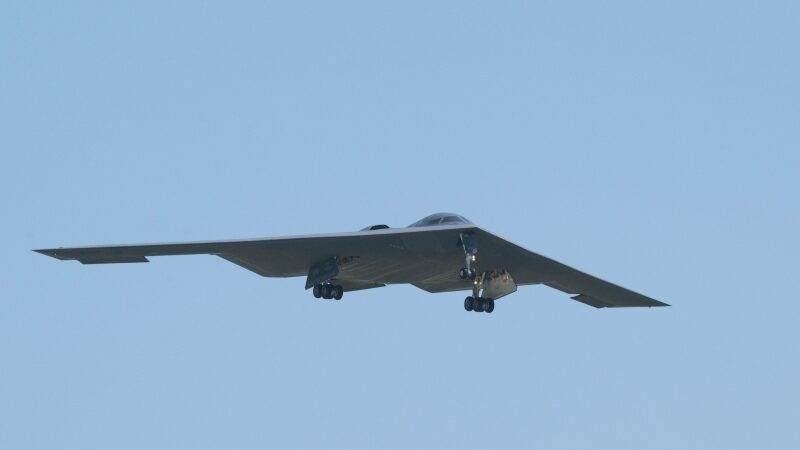Air Force cancels E-7 Wedgetail, citing survivability and cost concerns
“We are bullish on space, and we think that’s a capability that can be achieved actually faster than the E-7 will deliver at this point,” a senior military official said.


A static display of the Royal Australian Air Force’s E-7 Wedgetail, recognizable for its distinctive “top hat” radar. (Michael Marrow/Breaking Defense)
WASHINGTON — The Air Force has canceled the E-7 Wedgetail program due to ballooning costs and concerns about survivability, a senior military official confirmed today.
The termination, announced as part of the fiscal 2026 budget rollout, comes after months of rumors that the Boeing-helmed aircraft program was in danger as the Trump administration increasingly sets its sights on instead using space-based capabilities to help warplanes find and track enemy aircraft, known as the air moving target indicator (AMTI) mission.
“The Department is canceling the E-7 Wedgetail program due to significant delays with cost increases from $588 million to $724 million for aircraft and survivability concerns in this contested environment, while investing in alternate solutions, including space-based capabilities and adding additional E-2D aircraft,” the senior military official told reporters in a briefing today.
The official added that the Wedgetail, while a “perfectly great” platform, doesn’t match with the department’s current ambitions to have a sensing solution that would cover the entire globe instead of a more limited theater.
“If we want to go there, we have to do a large investment in space-based sensing, which also supports Golden Dome. It covers homeland defense, It covers the Indo-Pacific, which is our priority theater, and also services the globe,” the official stated. “So that investment [in Wedgetail] was pushed that way [to space-based sensors]. We are bullish on space, and we think that’s a capability that can be achieved actually faster than the E-7 will deliver at this point.”
Last year, the Air Force and Boeing inked a $2.6 billion deal for the first two Wedgetail prototypes, the first of which was set to be delivered in FY28. The service intended to buy a total of 26 Wedgetails to replace aging E-3 AWACS aircraft.
The Air Force has not yet published detailed budget information, but supporting documents indicate a request of $200 million in research and development funding to close out the E-7 program. It is unclear exactly where that money will be pulled.
RELATED: ‘Not survivable’: Hegseth says DoD reviewing E-7 Wedgetail program amid move to space
During a Senate Appropriations Committee hearing this morning, Sen. Lisa Murkowski, R-Alaska, raised concerns that the E-2D might not be able to match the E-7’s capabilities, and cited prior statements from Vice Chief of Space Operations Gen. Michael Guetlein that a space-based capability wouldn’t be available until the early 2030s.
“We just haven’t heard, in my view, sufficient justification for the cancellation of such a critical program,” Murkowski told Air Force leaders.
Air Force Chief of Staff Gen. David Allvin responded that the Wedgetail cancelation amounted to a “difficult decision” that was made by the Defense Department.
Chief of Space Operations Gen. Chance Saltzman added that the government is already evaluating data on space-based sensor capabilities, which look “promising,” and doubled down on Guetlein’s prior projections.
“You have to put together the right contract vehicle to launch the satellites,” he said. “I think by the end of the decade, you will start to see capability delivering data. I won’t say that that’s accomplishing the mission by ‘29. I think Guetlein’s assessment that this is an early 30s delivery of a real capability is not too far off.”
Heading To The Boneyard
As it has for several years, the Air Force is seeking to divest hundreds of aircraft in FY26 in the hopes of freeing up funding that can be ported over to next-generation capabilities.
The biggest muscle movement — and likely the most controversial — is the service’s new plan to retire all remaining 162 A-10 Warthog planes that year instead of phasing them out more gradually before 2030. In the past, Congress fought hard against allowing any A-10s to retire, and while lawmakers have become more amenable to divesting the fleet over time, the wholesale retirement of the Warthog fleet could prompt concerns about the overall number of combat aircraft the Air Force has in its fleet.
Notably, the Air Force opted against asking to retire its older F-22 models this year after several unsuccessful attempts. It will also divest its last three EC-130H Compass Call aircraft, which are at the end of their service lives, according to an Air Force spokesperson.
In terms of F-16 retirements, the service will divest 62 jets this year on paper, but of those three squadrons worth of aircraft, one squadron has already been sent to the boneyard, the Air Force spokesperson said.
Here are the 263 aircraft slated for retirement in FY26:
- 162 A-10s
- 62 F-16C/D
- 21 F-15Es
- 3 EC-130Hs.
- 14 KC-135
- 1 B-1
Michael Marrow contributed to this report.








